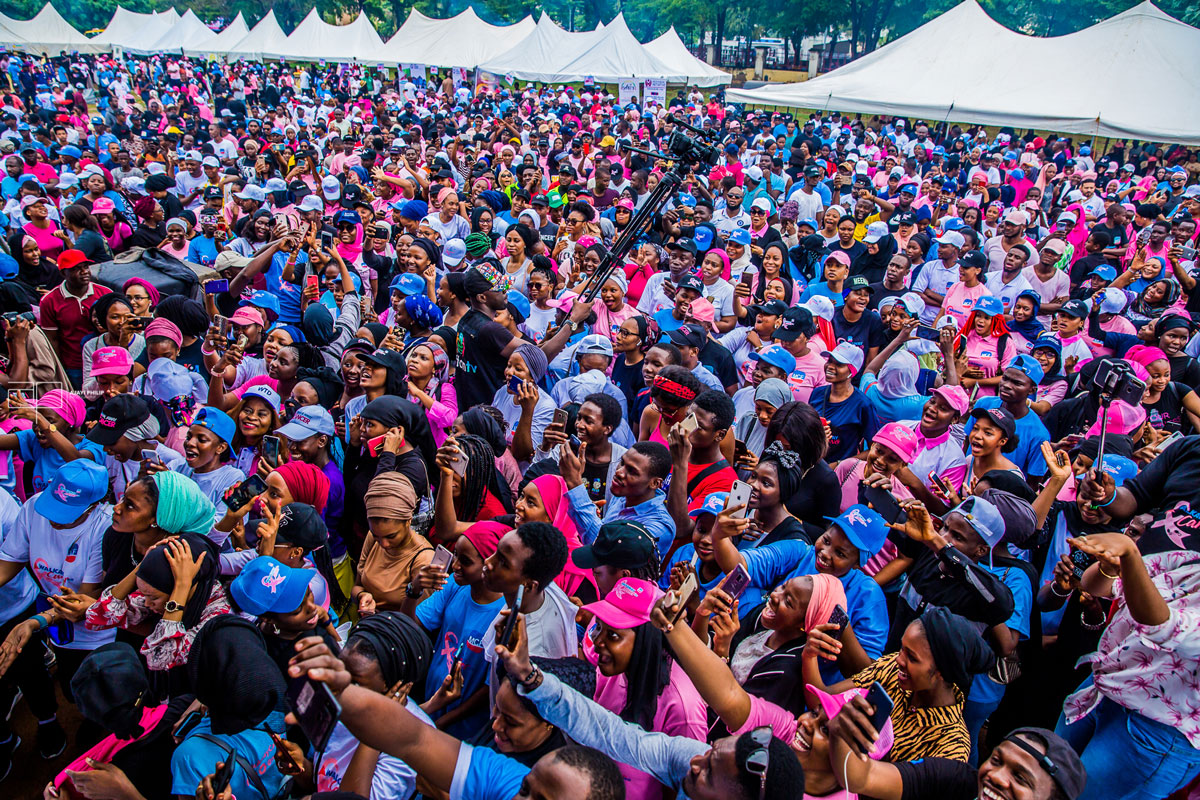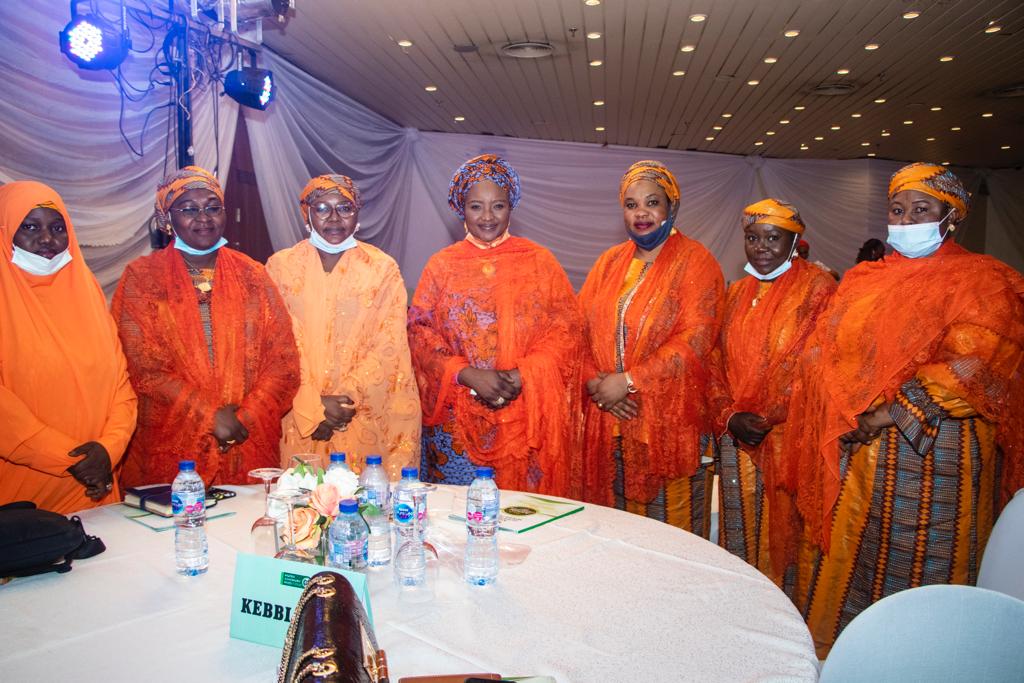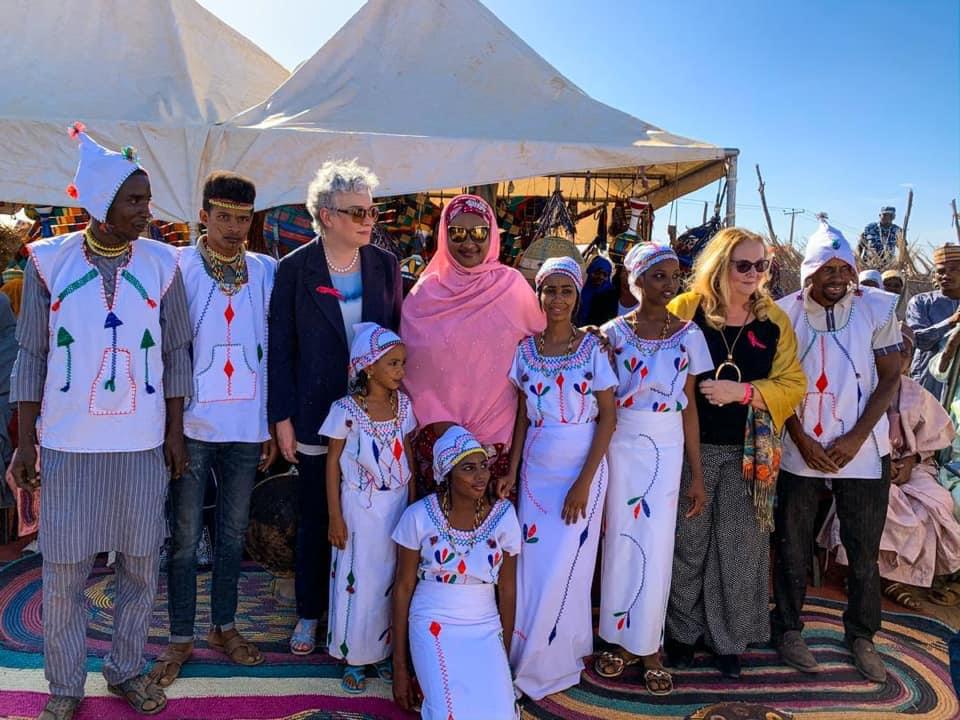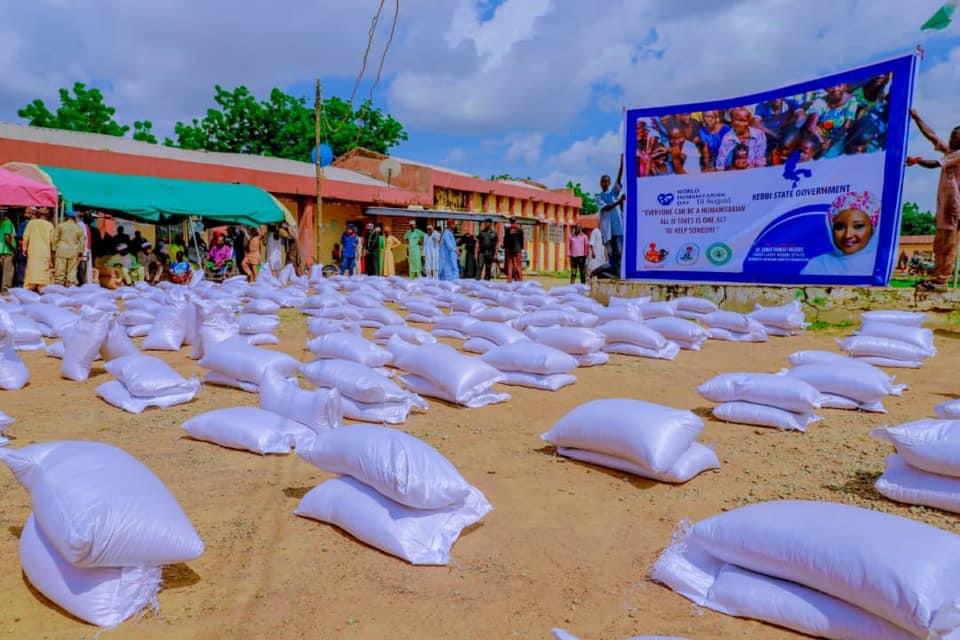
Mother of health
Speaking for those in Need.
Being a leader comes with its share of responsibility and my passion from a very young age has always been improving the lives of women and children. The office of the first lady helps amplify the passion to help those in need.



